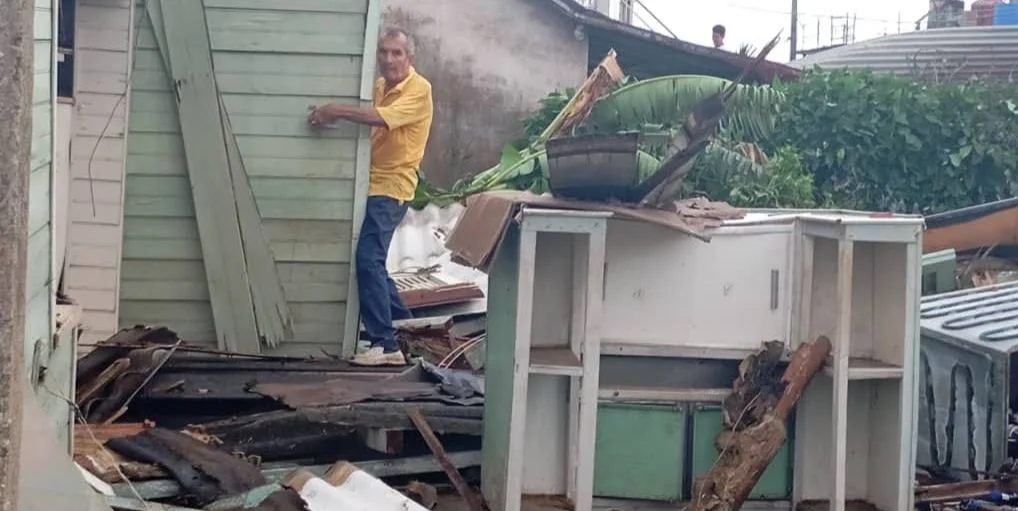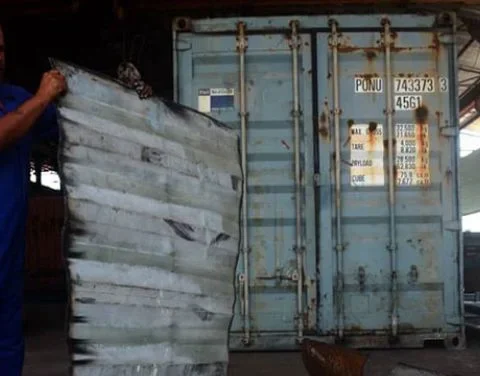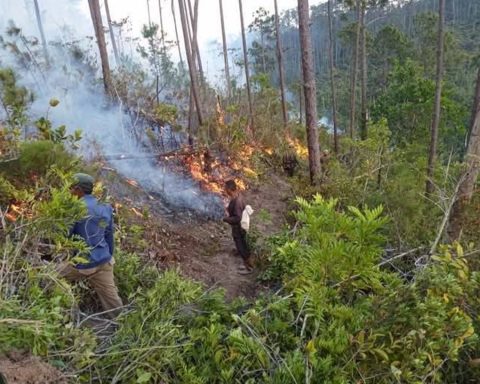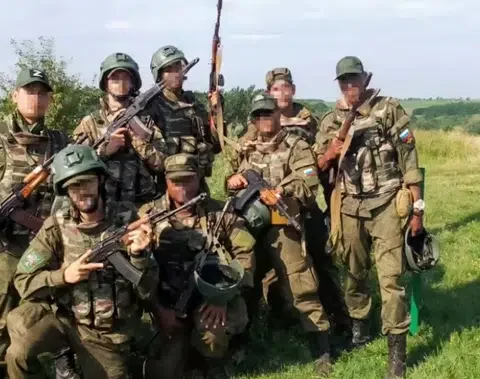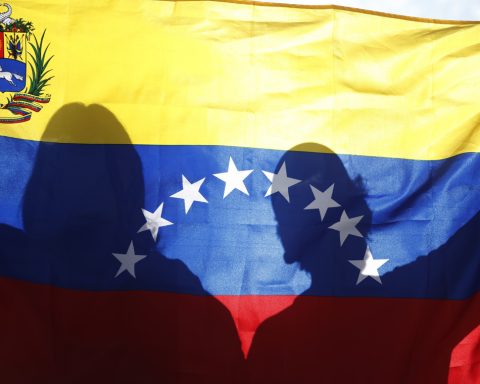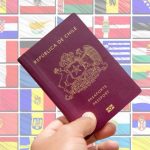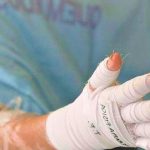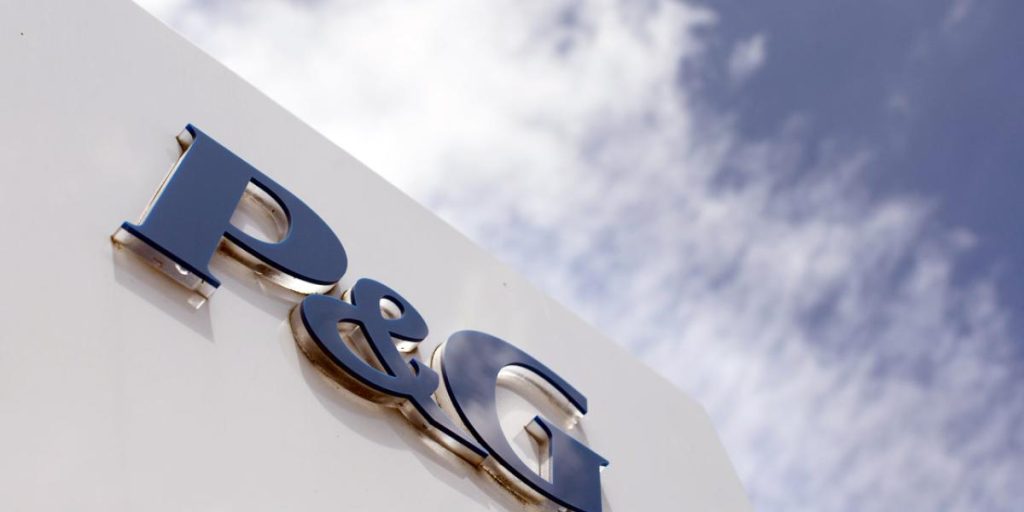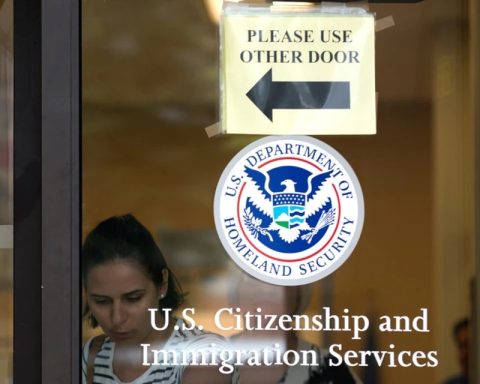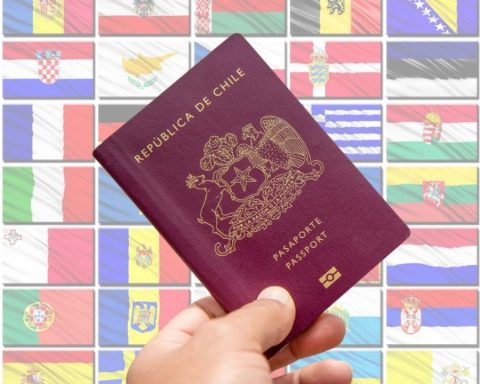MIAMI, United States. – Hurricane Rafael, category three on the Saffir-Simpson scale, strongly impacted western Cuba, where it caused serious damage to homes, infrastructure and agriculture, as recognized by the Cuban Government in its first damage assessment.
The cyclone made landfall at 4:20 pm this Wednesday along the southern coast of the province of Artemisa and left the national territory more than two hours later along the northern coast of Pinar del Río.
The Cuban Institute of Meteorology (INSMET) recorded sustained winds of up to 185 kilometers per hour and intense rains that reached 200 millimeters. The towns of Alquízar and Güira de Melena in Artemisa were particularly affected, with flooding that left entire neighborhoods under water and significant destruction of homes and crops, according to local media reports.
The Cuban ruler, Miguel Díaz-Canel, reported on social networks after a meeting of the National Defense Council: “Major damages in Artemisa, Mayabeque and Havana.” In addition, he announced that starting this Thursday he will visit “the territories most impacted by the hurricane” and stated: “A new recovery process is already beginning.”
For his part, the regime’s prime minister, Manuel Marrero, in a televised intervention described that the damage had been “very heavy in housing, infrastructure and agriculture.” He also referred to the total blackout that affected the country ―presumably due to the cyclone―, the second in less than two weeks.
For its part, the Ministry of Energy and Mines (MINED) explained that, in addition to the technical complexity of restoring the National Electric Service (SEN), they face the task of physically repairing cables and poles damaged by strong winds. “We are working on the creation of electrical subsystems in the center and east of Cuba. In the West this process will be slower, the necessary electrical lines and installations must be reviewed,” said the MINED on social networks, where it requested “time” for recovery.
The effects on the agricultural sector were also significant, especially in Güira de Melena. Numerous plantations were partially destroyed, with trees uprooted, irrigation canals blocked and rural roads impassable.
In the urban area, the hurricane caused roofs to fall off homes and commercial premises, trees to fall, and damage to essential infrastructure such as the Artemisa Baseball Stadium, where one of the light towers collapsed. At the provincial hospital, the storm damaged windows and areas of the building, forcing staff to take action to protect patients and workers.
Hurricane Rafael left Cuba through the Bay of Cabañas around 7:00 pm after being downgraded to category two, but the rains and winds continued throughout the night.
According to data from the official Cuban press, the meteorological phenomenon affected more than four million Cubans. The authorities anticipate that starting this Thursday, the work to assess damage to homes and public entities will intensify.
Rafael is the second hurricane to hit Cuba so far this year. At the beginning of October, Hurricane Oscar hit the northeastern tip of the Island, leaving eight dead, two missing, damage to 12,000 homes and the loss of 13,000 hectares of crops.
